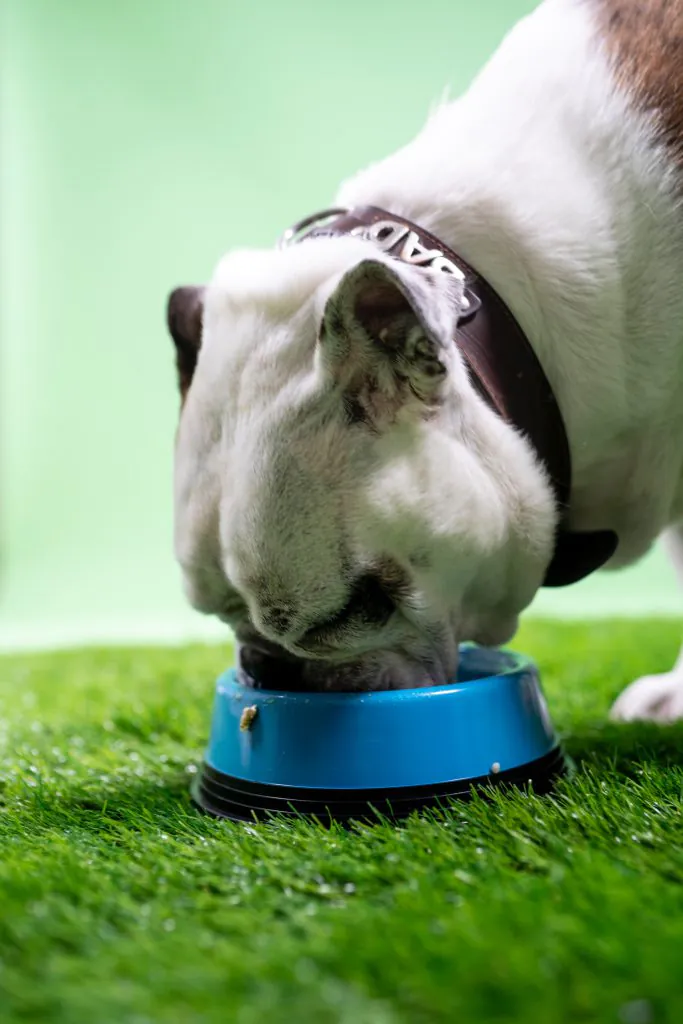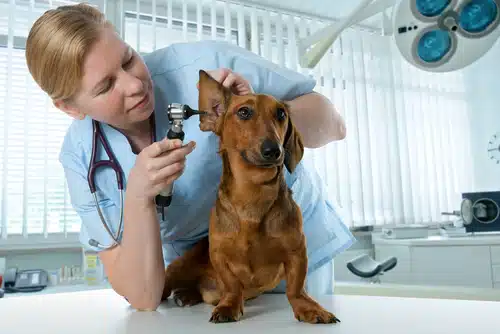Home » Blog » Pet » Pet Health & Safety » Pros and Cons of Raw Food for Puppies
Categories
Tags
animal welfare
breed profile
buying a car
buying a pet
Car
car accessories
car care
car features
car insurance
Car safety
car sales
car service
cat
cat behaviour
cat body language
Cat Breeds
cat food
cat insurance
comprehensive car insurance
Dog
Dog Behaviour
dog body language
Dog Breeds
dog food
Dog Insurance
dog training
eco friendly cars
Kitten
New Car
pet accessories
pet activities
Pet Adoption
pet breeders
pet days of the year
pet fun stuff
Pet Health
pet insurance
pet parenting
Pet Safety
pet services
Puppy
rescue pets
road safety
road trip
safe driving
Recent Blog:
Facebook Posts
3 days ago
Yes or No - got any road adventures planned for Easter? Whatever you answered, here are some great ideas for this year (or next):![]() #easter.
... See MoreSee Less
#easter.
... See MoreSee Less
Driving, Flying and Staycations with Dogs and Cats this Easter
bit.ly
Is cat or dog friendly Easter travel on your wishlist? You're one of many! Travelling with dogs, cats and even some other critters (think bearded dragons
PD Insurance
with Dogs West.
3 days ago
Win a doggy hamper! Upload a picture of your pooch and you could win one of three furbulous prizes from PD Insurance consisting of a Pet Store voucher, Dogs West Membership and Emergency Dog First Aid kit. Click below to enter and stand a chance to WIN! bit.ly/4covyce![]()
![]() Read our Terms and Conditions here: bit.ly/49b9pew
Read our Terms and Conditions here: bit.ly/49b9pew![]()
![]() #PDinsurance #dogswest
... See MoreSee Less
#PDinsurance #dogswest
... See MoreSee Less
bit.ly
Stand a chance to WIN! At PD Insurance we’re passionate about providing protection for your fur baby. We’re also passionate about businesses and brands4 days ago
May your Easter be filled with joy, love, and lots of chocolate eggs! 🐇🐣 #happyeaster
... See MoreSee Less
There’s been a lot of buzz around raw food diets for dogs and puppies lately. Some people are totally for it, and others totally against. There are both pros and cons of raw food for puppies, and individual circumstances play a big role in making the correct choice. Ignoring your neighbour’s disapproving glances at your dog’s kibble or your best friend’s assertions that raw is the only way, what does the research say?
Regardless of what route you choose, you should make sure that you’re well informed. With that in mind, let’s look at some pros and cons of raw food for puppies.
What exactly is a raw food diet?
Let’s start with the basics. Feeding your puppy some uncooked chicken from time to time doesn’t count as a raw food diet. The raw food diet is also often referred to as BARF (yes, really) for either Bones and Raw Food or Biologically Appropriate Raw Food.
As the name suggests, the raw food diet mostly contains raw meat and innards, meaty bones, and sometimes additional vegetables and dairy such as eggs or yoghurt.
Pros and cons of raw food for puppies
You want to make the right feeding decision for your new family member. So now that we know what raw food is, it’s time to tackle the pros and cons for puppies.

Pros and cons of raw food: the argument for raw feeding
Those who feed raw often argue that the BARF way of feeding is more natural and therefore better for the dog than a commercial diet. This is largely because years ago – before dogs were domesticated – their wolf ancestors would have eaten this way.
According to advocates, some of the main benefits of a raw food diet can include:
- Improved coat condition likely due to higher fat levels in raw food
- Easier weight management
- Improvement in skin condition, especially in cases of dermatitis
- Palatability. Many picky eaters seem to prefer the taste of raw food
- Easier digestion. Because there are higher levels of enzymes present in raw food, which are normally broken down during the cooking process, raw food may be more digestible. This also tends to make their stools firmer and smaller, so it’s said a raw diet may work well for dogs with chronic diarrhoea
But are all of these claims really true? And is it safe to feed raw food to dogs? Well, opinion is still divided – although not in the eyes of BARF converts! According to one study, 94% of those who feed raw diets believe it to be completely safe. Some dogs do seem to thrive on a raw food diet though, as long as it is correctly balanced and fed correctly.
Still on the fence? Let’s take a look at the other side of the ‘’pros and cons of raw food for puppies” coin.
The argument against a raw diet
When the raw ”fad’’ first took hold, many vets were firmly against it. As the movement has grown, more vets now recognise raw as a dietary or management option the same as any other diet. However, there is still a lack of scientific evidence when it comes to the pros and cons of raw food for puppies and dogs.
There are, however, some concerns around raw diets for puppies which you should keep in mind while making your decision. Here are the most important ones:
- Contamination from bacteria. This is one of the biggest risks of a raw food diet. Raw meat can be unsafe for pets in the same way that it is for humans. Raw meat often carries harmful bacteria and pathogens like listeria and salmonella, which cooking usually destroys. For instance, up to 38% of poultry sold for human consumption in Australia carries salmonella.
- Poorly balanced diets. Though some experts says it’s completely possible to feed a nutritionally balanced meal through raw food, it often doesn’t happen. Because the meals tend to be formulated at home by owners rather than by vets or nutritionists, it is easy to get the balance wrong, according to Annandale Vets. Puppies especially require a very delicate balance of minerals and nutrients to develop healthily. For instance, the wrong ratio of calcium to phosphorus can have significant effects on bone development.
Although the argument for natural feeding often feels like common sense, vets are quick to point out that domesticated dogs and wolves are biologically quite different. Wolves digest and absorb food differently to dogs, so their diets shouldn’t necessarily be based on one another.

Is a raw diet right for my puppy?
As we’ve seen, there are pros and cons to a raw diet for puppies and adult dogs.
While ultimately the decision is yours, it’s worth noting that many vets recommend feeding growing puppies a commercial diet, even if you want to switch to raw later.
This is because any mistakes or errors of judgement with a raw food diet will likely have worse effects on a puppy than an adult dog. Bacteria and pathogens are hard for a fledgling immune system to fight off, and any miscalculations in terms of nutrients could lead to developmental problems for your puppy.
If you do still want to feed raw, we recommend you do this in \close conjunction with your vet. Regular check-ups, feeding adjustments, and consultations will keep your puppy in good shape. And keeping your pet healthy can improve vet mental health. All the more reason to get used to checking in regularly with your veterinarian!
Protect your puppy’s health with pet insurance
If you’re considering a raw diet for your puppy, you’re probably the kind of owner who just wants to give them the absolute best. With dog insurance, you know you can get treatment for that boisterous fluffball if and when something goes wrong.
Oh, and while you’re at it, why not check out other routine pet care that your pup will need.
Pros and cons of raw food for puppies – over to you
Are you a raw food fanatic, or a commercial diet supporter? Join the conversation! Let us know what you feed and why over on our Facebook page.
Share On:




